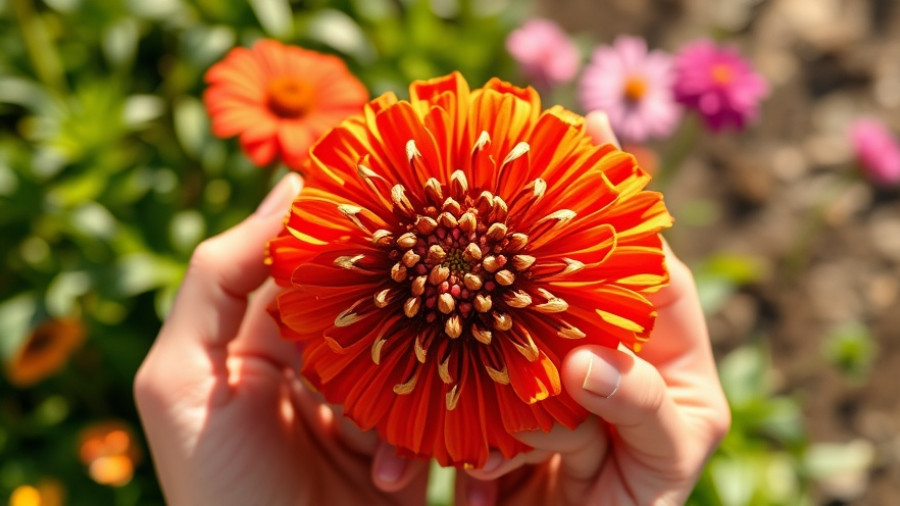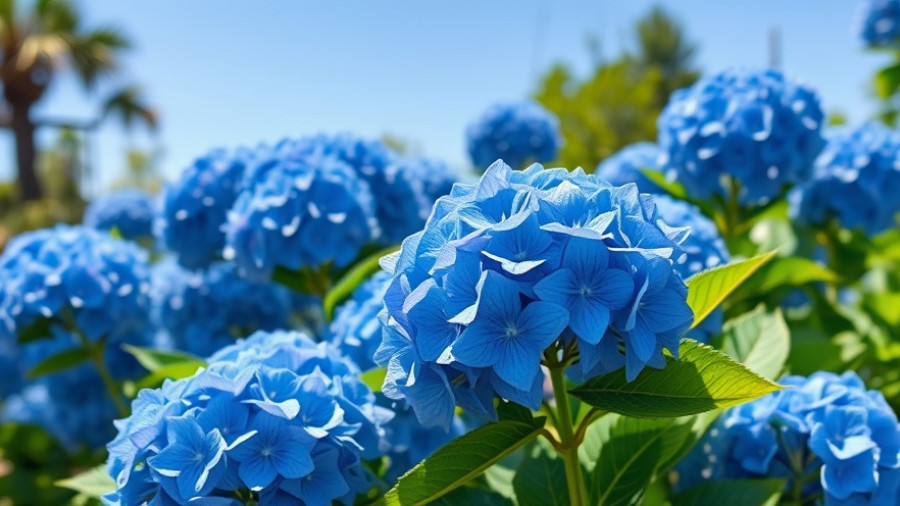
Understanding the Perfect Melon Harvest
Melons are not just any fruit; they are a celebration of the summer season, alluring us with their vibrant colors and sweet scents. Growing melons is a journey that demands patience and a keen understanding of nature's cues. But how do you know when these luscious fruits are at their peak?
A Deeper Dive into Melon Varieties and Their Needs
There’s a rich variety of melons to choose from—watermelons, cantaloupes, honeydews, and more—each with unique traits and growing requirements. Generally, melons thrive in warm conditions, preferring a temperature range of 70 to 85°F (21-29°C). Whether you’re opting for a full-sized watermelon or a compact dwarf variety, providing enough sunlight and attention will ensure a bountiful harvest.
Key Indicators: How to Tell When Melons are Ready to Pick
Many gardeners often wonder how to tell if melons are ready. Here are some key indicators to look for:
- Look for the Stem Color: When the stem connecting the melon to the vine changes color from green to brown, it’s a sign of maturity.
- Check the Tendril: The tendril closest to the fruit will typically dry up and become brown if the melon is ripe.
- Thump Test: Gently thumping the melon should produce a deep sound; a dull thud indicates it may not be ready.
The Importance of Timing and Seasonality
Melons take between 80 to 100 days to mature, making timing crucial for a successful harvest. Not everyone has the luxury of long summers, but by starting seeds indoors or choosing quick-maturing varieties, gardeners can optimize their chances of enjoying the sweet rewards of their labor.
Harvesting: The Sweetest Reward
Once the indicators signal readiness, it's harvesting time, but be cautious; melons do not ripen further once picked. Harvesting at the right moment ensures that you will taste the fruit’s full sweetness and texture, which is the ultimate reward for your hard work.
Melon Care: Cultivation Beyond Harvest
After the harvest, the journey doesn’t end. It’s important to think about continuous care for your garden. Incorporating practices such as container gardening can be effective, particularly for urban gardeners with limited space. Additionally, effective mulching tips can enhance your melon plants' growth and protect them from weeds.
Creating a Personal Eden: Backyard Makeover Ideas
Your outdoor living space is not just about growing food—it's about creating a sanctuary. Imagine enhancing your garden with thoughtful yard drainage solutions to keep your melons thriving. Consider designing a cozy fire pit area or an inviting outdoor kitchen where you can enjoy your freshly harvested goods. Investing in the aesthetics of your yard through landscape lighting ideas can breathe new life into your garden even after the sun sets.
Conclusion: The Sweet Rewards of Gardening
Gardening, particularly with melons, is a relationship with nature that teaches us patience and observation. As you anticipate the joyous moment of harvest, remember that every seed planted paves the way for a satisfying journey of taste and memories. Embrace the process, and reap the delicious rewards of your efforts.
 Add Row
Add Row  Add
Add 




Write A Comment